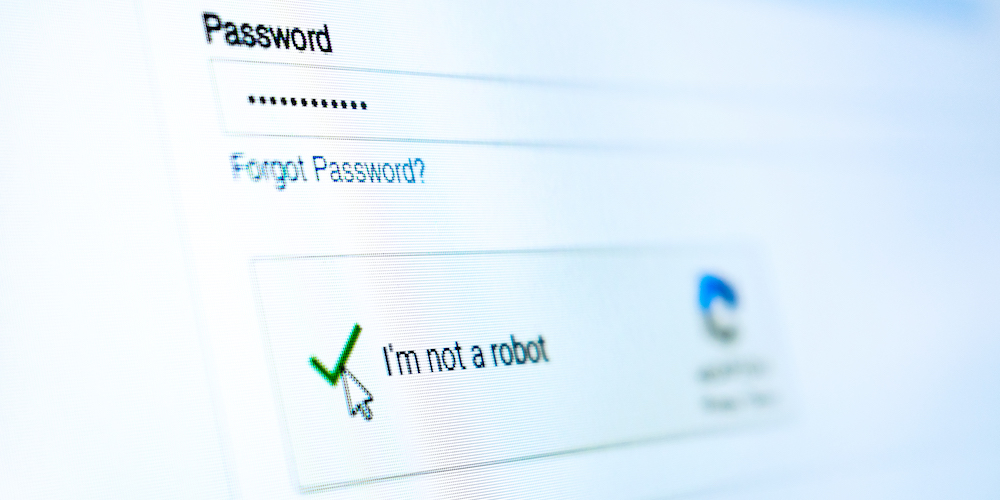Scientists at ETH Zurich University in Switzerland trained an artificial intelligence to solve Google captchas, which are used to determine whether the person trying to access a service is actually made of flesh and blood. It did not demonstrate 100% accuracy in solving the challenges, but it was able to overcome the barriers with the same success rates as real people.
The study used Google’s Recaptcha v2. You’ve probably already tried it: the test asks users to identify traffic lights, pedestrian crossings, bridges and other items in the urban landscape.

To answer these questions, the researchers trained an image processing model called Yolo (which stands for “you only live once”). The training used 14,000 photos of properly labeled streets. It’s also important to note that the model doesn’t work alone, but requires human intervention to operate.
Soon, Yolo could recognize objects as well as humans. If it made a small mistake, Recaptcha v2 would trigger another puzzle. Thus, with more than one attempt, the AI was always able to convince the system that it was a real person.
Google says AI does not put systems at risk
This is not the first time that a computerized system has managed to do well when solving captchas. Ten years ago, it was reported that a software gave the correct answer in 90% of the attempts, and there were even services that employed humans to pass the tests.
Experts consulted by Decrypt believe that machines are increasingly better at solving these challenges. There will come a time when there will no longer be enough to determine whether there is a human behind that access.
Even so, Google considers that the risk is not as great as it seems and has its reasons for believing this: Recaptcha goes beyond captchas.
“We focus on helping our customers protect their users without requiring visual challenges,” a Google Cloud representative told New Scientist. “Today, most of the protections offered by Recaptcha to 7 million websites are completely invisible.”
Version 3 of Google’s technology can analyze whether a visitor is a human or a robot by taking into account the activity on the page. This is why sometimes you click the “I’m not a robot” box and the test doesn’t even appear.
The ETH Zurich material takes these aspects into account. The scientists found that Recaptcha displays fewer captchas when it detects mouse movement or the existence of browser history and cookies, as these are indications that a person is actually using the computer.
In another test, they concluded that using a VPN to change the IP also reduces the number of challenges required. The system considers that many consecutive accesses from the same IP mean automated behaviour.
Therefore, the tests were performed using a VPN, simulated mouse movement, and a browser with browsing history and cookies. These precautions were taken because the researchers’ goal was to analyze only the AI’s ability to solve captchas, without other behaviours influencing the process.
Captchas help train machines
In addition to separating humans from robots, captchas also serve another purpose: the answers given are used to train Google’s own systems to recognize objects in images.
Recaptcha, in fact, was born as a project by Carnegie Mellon University in the United States to help digitize old books. When a word was not recognized by automatic systems, humans helped identify what was written there.
